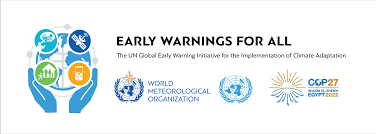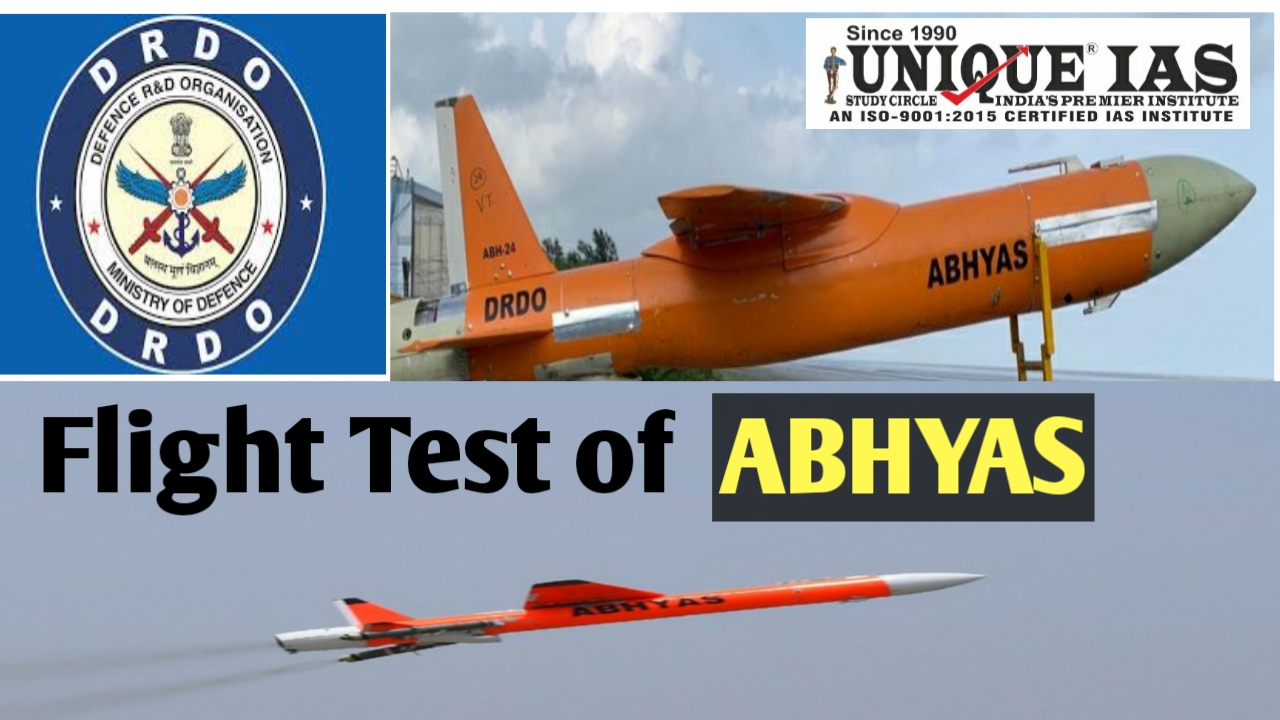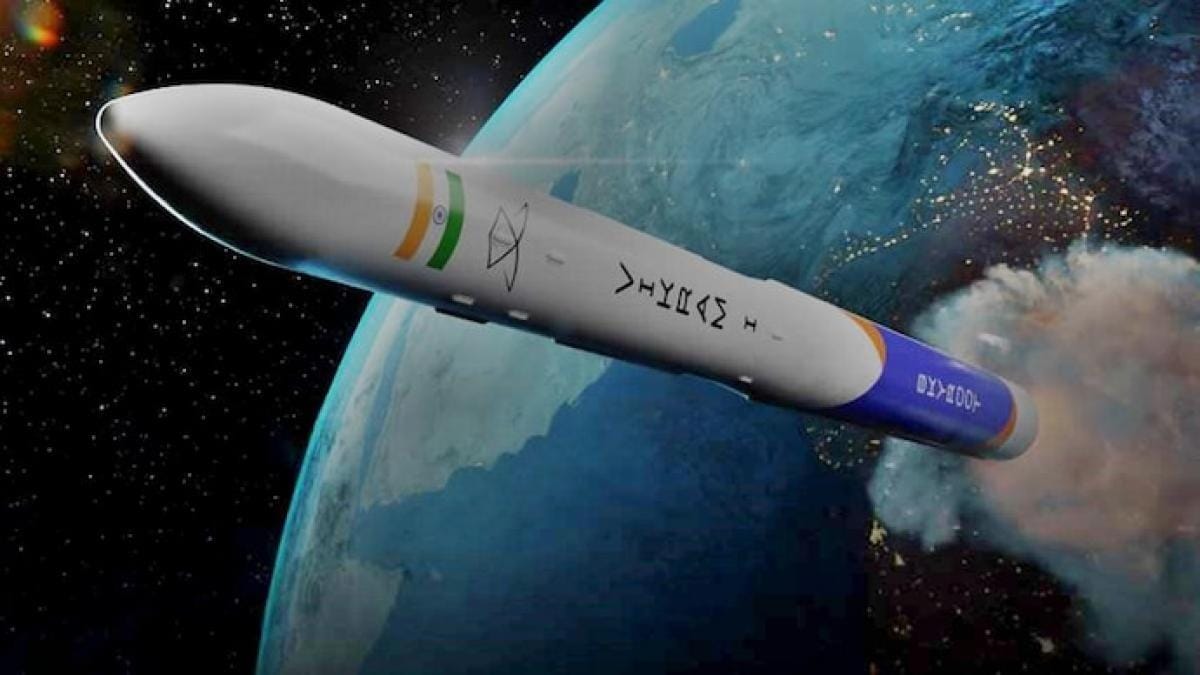COP27: WMO unveils USD 3.1 billion action plan
The World Meteorological Organization (WMO) recently released the Executive Action Plan of Early Warnings for All.
What is the action plan all about?
The Executive Action Plan of Early Warnings for All was released by during a roundtable meeting at the 27th Conference of Parties (COP27) to the United Nations Framework Convention on Climate Change.
It aims to develop a global early warning system for extreme weather events that have been intensified because of climate change.
The plan proposes the initial investment of around 3.1 billion USD for delivering early warning systems for all. This investment is equal to around 50 cents (around Rs.40) for each person per annum.
The initial investment will be diverted to four pillars of early warning system:
Disaster risk knowledge
Observations and forecasting
Preparedness and response
Communication of early warnings
The disaster risk knowledge involves systematically collecting data and undertaking risk assessment on hazards and vulnerabilities. It requires an investment of 374 million USD.
Developing hazard monitoring and early warning services require 1.18 billion USD.
The pillars – observations and forecasting and preparedness and response – require a funding of 1 billion USD to strengthen national and community response capabilities.
The final pillar of early warning system – dissemination and communication of risk information – needs 550 million USD.
The initial investment represents only 6 per cent of the 50 billion USD requested for adaptation funding.
Importance of Early Warning Systems
Early warning systems are still not accessible to 33 per cent of the global population, especially in least developed countries and small island developing states. Over 60 per cent of the population in Africa do not have access to these systems.
Early warning systems play a major role in reducing causality count during disasters and minimising economic damages caused by them. Just 24 hours’ notice of an impending disaster event can minimise damage by 30 per cent. Providing investment of 800 million USD to set up these systems in developing countries can cut down losses by 3 billion to 16 billion USD each year.




.jpg)
.jpg)
.jpg)
.jpg)
.jpg)




.jpg)
